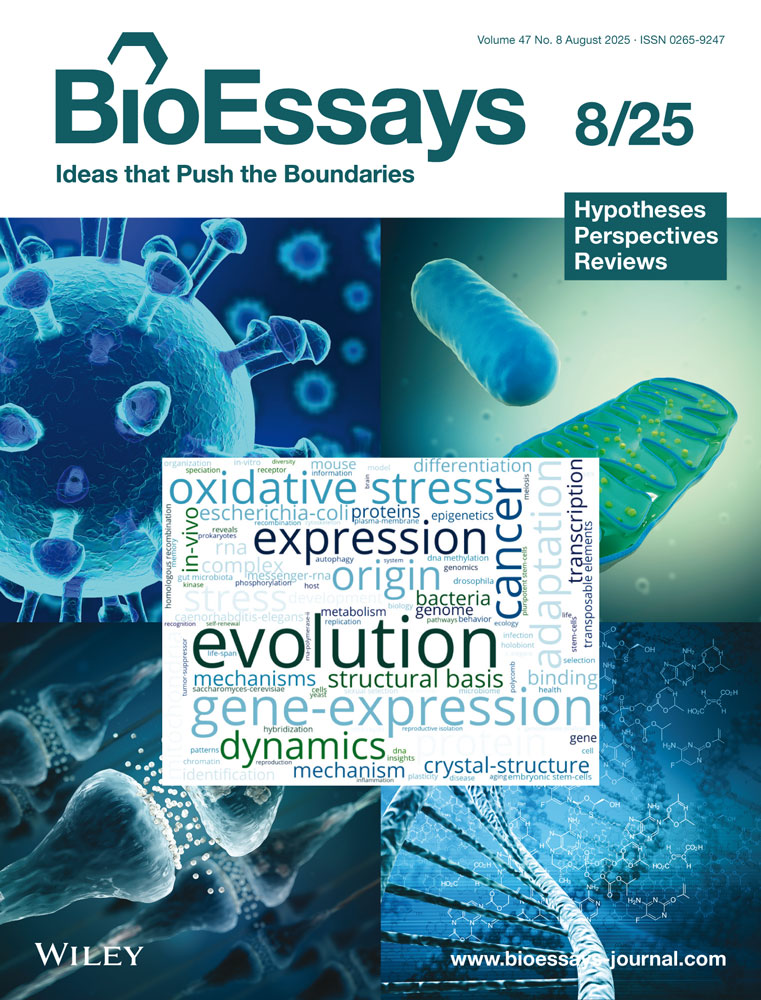Adherens junctions in the Drosophila embryo: The role of E-cadherin in their establishment and morphogenetic function
Abstract
The integrity of epithelia depends largely on specialised adhesive structures, the adherens junctions. Several of the components required for building these structures are highly conserved between vertebrates and insects (e.g. E-cadherin and α- and β-catenin), while others have so far been found only in invertebrates (e.g. crumbs). Two recent papers(1,2) show that the Drosophila E-cadherin is encoded by the gene shotgun. Phenotypic analyses of shotgun as well as armadillo (β-catenin) and crumbs mutants provide new insights into the mechanisms by which adherens junctions are built and, further, show that the requirement for E-cadherin largely depends on the morphogenetic activity of an epithelium.




